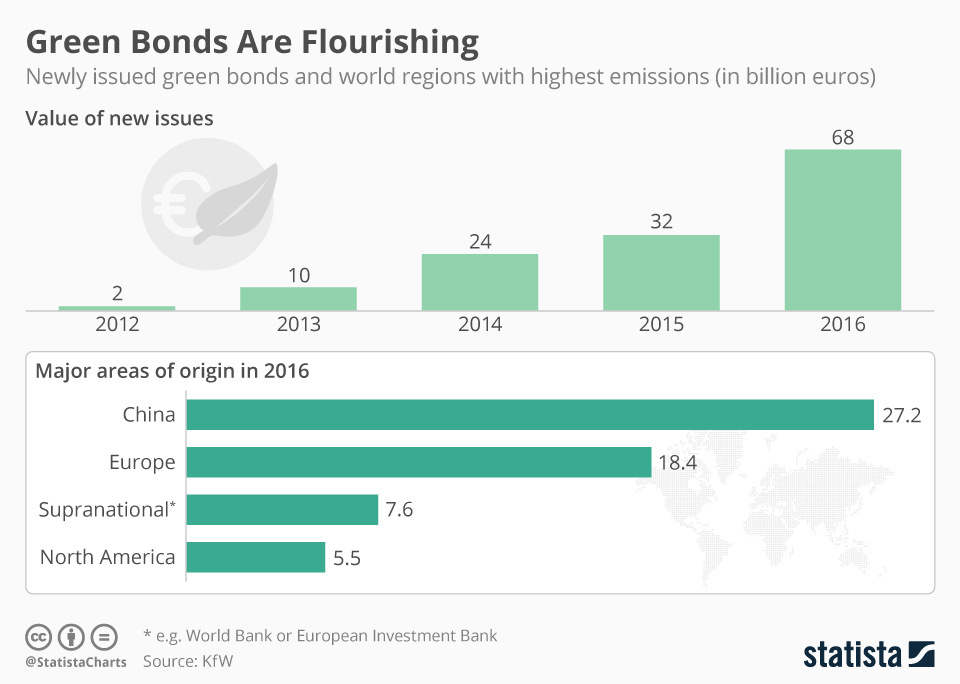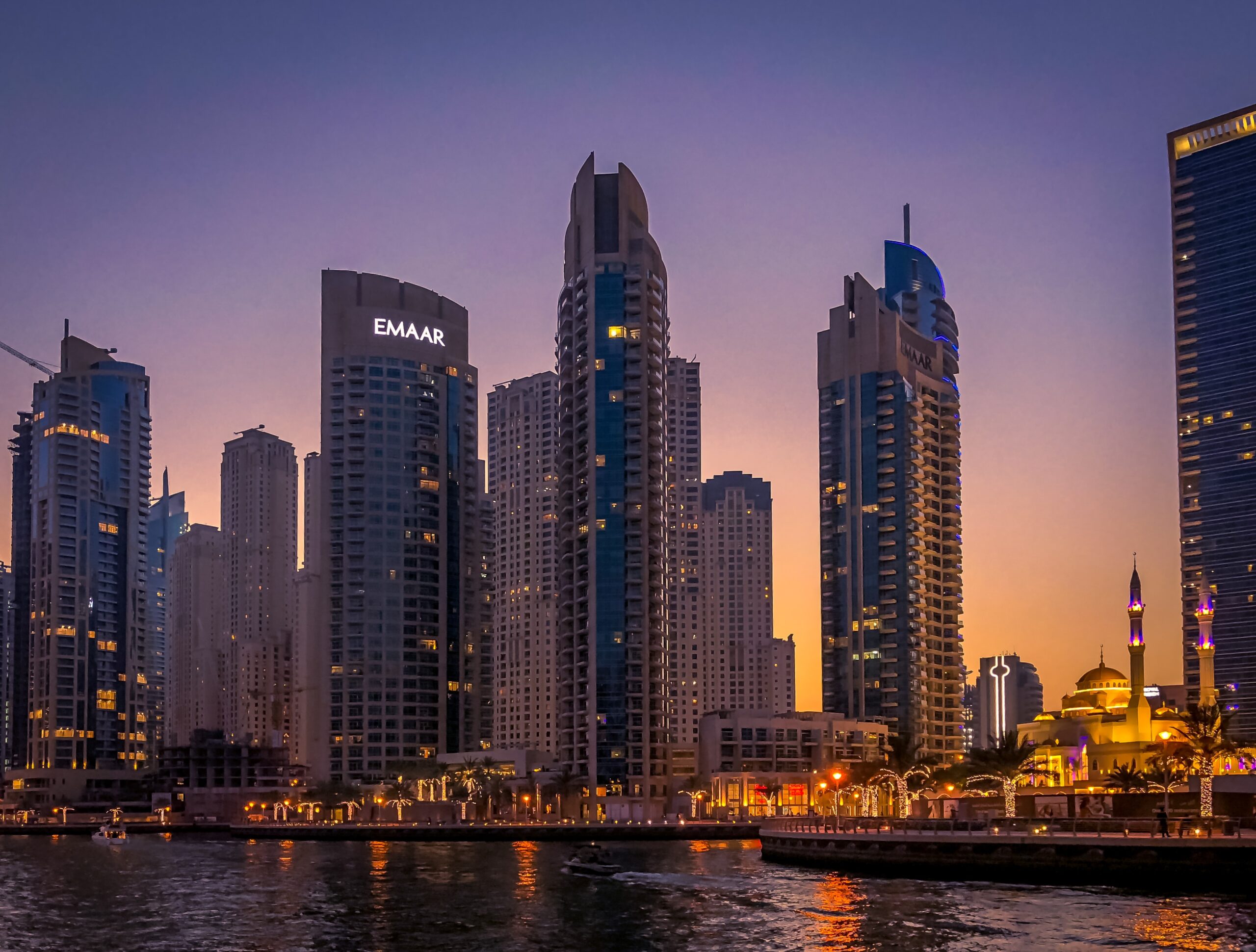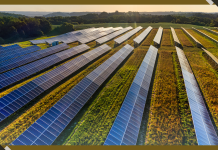Written by: Sunil Kaushal
The urgency of addressing climate change has driven investors to put sustainability and Environmental, Social and Governance (ESG) practices at the heart of their business strategies. Both regulators and government authorities have also started a series of nationwide sustainability initiatives aimed at reversing the consequences of climate change and have called on institutions to act as champions.
This increased support has helped stimulate a shift from “green” to “sustainable” to encompass an entirely sustainable agenda. Now, we are seeing considerable efforts to gauge investors’ and institutions’ interest in pursuing sustainable practices and introducing comprehensive sustainable agendas.
One method of ensuring that financing activities reflect the full range of sustainable activities is to combine the principles of doing less harm and striving to do better. The Equator Principles, chaired by Standard Chartered, for example, have been adopted by more than 100 international financial institutions and require the implementation of a broad range of environmental and social criteria.
Some institutions are wary of adopting green finance measures, however, as they may be subject to additional costs. One solution is to incentivize through pricing but this is not a sustainable, long-term fix. Therefore, financiers and investors must look to reap the intangible benefits of these investments. This may become more relevant as regulators consider scenario analyses around climate risk.

Credit: Statista
Credibility remains the overarching challenge faced by the entire sustainable finance market. Since the inception of the green bond market, there have been several cases of greenwashing”, where funds designated for green activities have not been used as expected.
The use of frameworks to clearly define what an organization views as credible sustainable finance activities is an important tool to avoid greenwashing and achieving the SDGs. Detailed methods of reporting and measuring should be used to instil confidence in investors regarding sustainable finance measures, as well as utilizing covenants that are specifically related to sustainability. The underlying assurance that funds are being used as intended must also come from quantifiable reporting practices.
To meet the SDG targets by 2030, it is estimated that emerging markets need an annual investment of $2.5 trillion, with a large portion of this investment focused on the Middle East. The region is home to some critical sustainable development opportunities, with an estimated annual financing gap of more than $100 billion in the Middle East. For the goals to be met by 2030, investors and banks need to coordinate and connect capital to promote sustainable development.
Many economies in the Middle East rely on fossil fuels to fund their budgets and support economic activity. Increasing scrutiny and higher compliance standards could significantly increase the cost of production and limit access to funding as the bar is raised higher. Progressive governments, particularly in the Gulf Cooperation Council, have expedited investments in renewables including solar and waste to energy. With access to 366 days of sunshine and lower financing costs, the tariffs from renewables have now reached parity with fossil fuel-based power; solar is the new oil for the region.

Credit: Statista
This could dramatically offset the carbon footprint from fossil fuel production, create competitive tariffs for power-intensive industries and manufacturing, and ensure abundant access to desalinated water, positively altering the prospects of the region. International banks, like Standard Chartered, have the ability to connect, provide know-how and support those economies to make tremendous progress toward the 2030 ambition and the SDGs.
In 2019, Saudi Arabia implemented a $28 billion renewable energy development programme. The programme offers loans for clean energy projects and the manufacturers of renewable energy components. Additionally, the Saudi Industrial Development Fund’s Mtujadeda was created to help the Kingdom move away from its dependence on oil, towards other diversified energy sources.
There are several other recent efforts in the UAE and the wider region that have sought to tackle the broad range of SDGs. Etihad Airways, the UAE’s national carrier, for example, took a €100 million loan to fund a project linked to the SDGs.
The movement towards renewable energy has also gained momentum in the Middle East and is an equally appealing area of focus for financial institutions. Solar energy has continued to grow in the region since Masdar inaugurated what was the world’s largest concentrated solar power (CSP) plant at the time – Shams Solar Power Plant – in 2013.
The plant, which remains one of the world’s biggest CSP projects, has paved the way for additional renewable energy capacity in the UAE, most notably with the recent development of the Mohammed bin Rashid Al Maktoum Solar Park in Dubai and the completion of the Noor Abu Dhabi solar power project. The country’s climate lends itself well to the technology and Islamic finance is a particularly useful mechanism for the UAE.
Jordan, a country that imports an estimated 97% of its energy requirements, has ambitious plans to switch 20% of its power consumption to green energy by 2020. With more than 300 days of sunshine each year, solar energy has fast become the focus of the state’s energy investments.
Government and corporate issuers in the region leave the Middle East well primed to take advantage of increasing opportunities provided by sustainable finance. Many entrants into the region’s markets have determined that their businesses lend themselves to sustainable development strategies. For example, real estate developers may seek to construct more energy and resource-efficient buildings, while transport and logistics corporates can take advantage of advances in renewable energy sources and more energy-efficient technologies.
Ultimately, the shift from “green” to “sustainable” finance is a catalyst for achieving the SDGs. Currently, there’s still a significant gap – a gap that financial institutions and government authorities together must work to address through the adoption of an entirely sustainable agenda.
Header Image Credit: Andreas NextVoyagePL/Unsplash
Republished with permission from World Economic Forum







